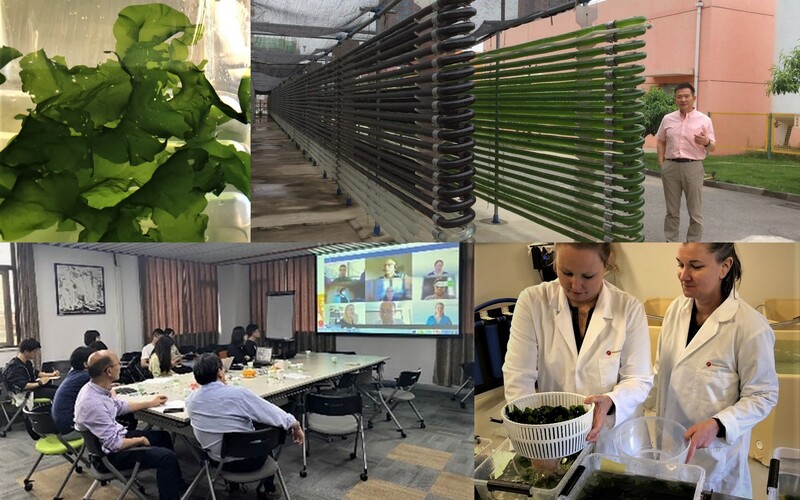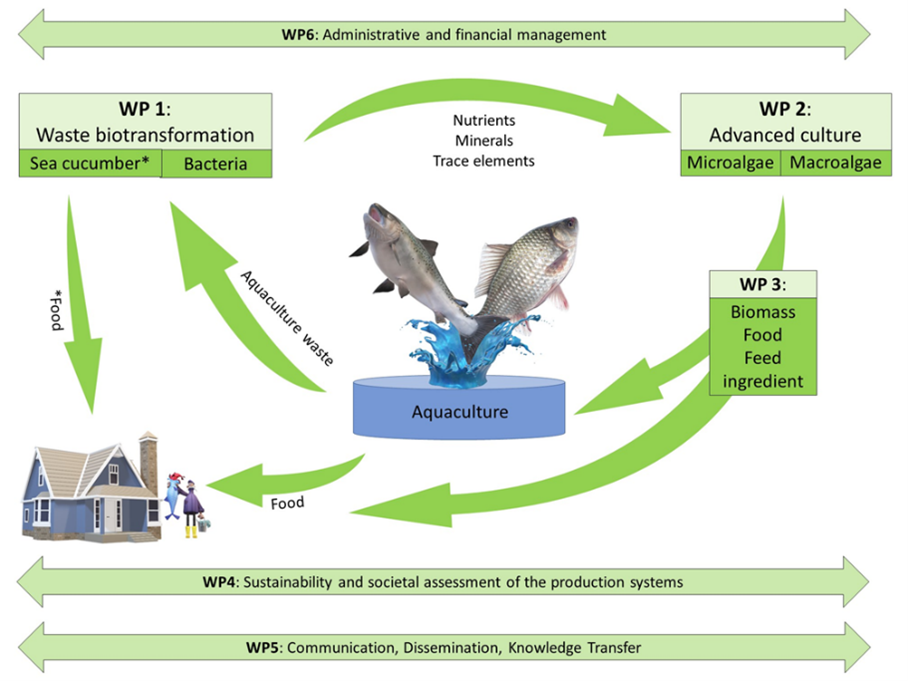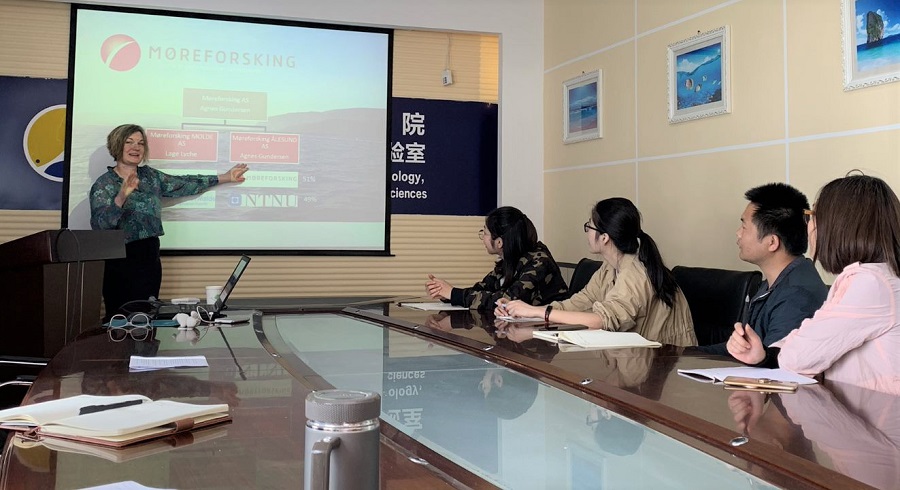Sino-Norwegian collaboration for a safer, more sustainable aquaculture

How can aquaculture become more environmentally sustainable and still contribute to the production of safe food? With multi-trophic aquaculture, waste from fish production can serve as nutrients in the cultivation of algae and sea cucumbers. A Sino-Norwegian research collaboration takes a closer look at this underutilized opportunity.
Multi-trophic
Integrated Multi-Trophic Aquaculture (IMTA) is a concept where different species are grown together in such a way that the invertebrates and/or algae can recycle the nutrients that are lost from the culture of other species. Multi-trophic aquaculture has been practiced for centuries in freshwater systems, particularly in China. Although the potential benefits of such system are well understood, IMTA is practiced to a very limited degree in Norway.Learning from Chinese experience
In the project SAFER-IMTA researchers from Norway and China will collaborate to address the need for a more sustainable and safer aquaculture production. Møreforsking is the Norwegian partner. Chinese partners are the Institute of Hydrobiology (Academy of Sciences) and Shenzhen University. Scientist Céline Rebours is the Norwegian Principal Investigator and will lead the project with Prof. Xiaoming Zhu, the Chinese Principal Investigator, and Prof. Qiang Hu, the Chinese International Adviser.Aiming for land-based co-cultures
The project aims to develop advanced land-based systems for the co-culture of lower trophic species (microalgae, macroalgae, sea cucumber) using wastewater and sludge from carp (China) and salmon (Norway) aquaculture. Biological processes coupled to physical and/or chemical processes will be investigated to convert the solid waste fractions to suitable substrates for sea cucumber and algal production. Innovative systems for algal production will be investigated to increase the availability biomass to be further used as protein and lipid sources for fish feed.
The SAFER-IMTA concept and organization is structured around the hypothesis that species from lower trophic levels will contribute to sustainable management of fish aquaculture waste and produce diverse safe feed and food products.
- The project aims to increase biomass production and reduce environmental impacts of an existing food production system, explains Céline Rebours.
Facts:
Title: Integrated Multitrophic Aquaculture for Sustainable and Safe Food Production
Project period: 2021-2024
Marine
![Nettbilde1 Ressurs[1].jpg](/prod_images/doc_2214_4.jpg?o=CA557406DAD64BE9905E2BBCEF7F5FBF)
Møreforsking is a research institute focusing on the marine value chain, including biology of marine resources, catching, handling, processing, product development and market research. With it's proximity to the ocean, rich marine resources and a pioneering marine and maritime industry with strong traditions for innovation, catching, processing and exporting seafood, Møreforsking is localised at the heart of the marine cluster of Norway.
